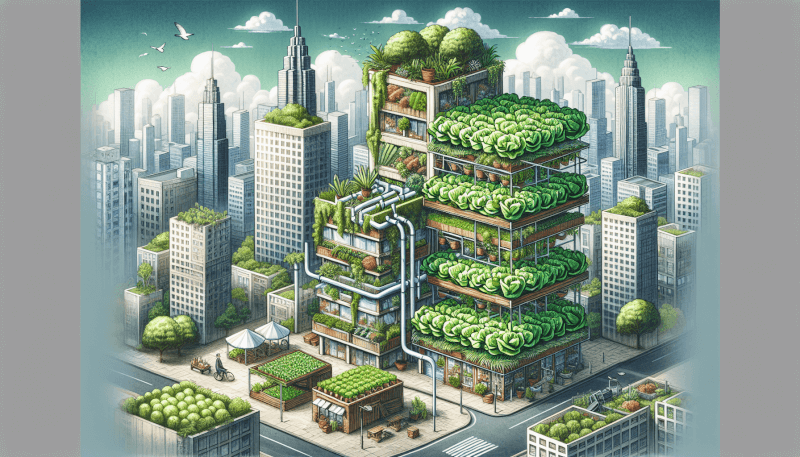If you find yourself living in a limited urban space with a longing for fresh, homegrown lettuce, fear not! We have put together the ultimate guide that will show you exactly how to grow your own delicious lettuce, even in the smallest of city dwellings. From choosing the right varieties to maximizing space, this guide contains all the essential tips and tricks you need to start your own urban lettuce garden. So grab your gardening gloves and get ready to embark on a green journey right in the heart of the concrete jungle.
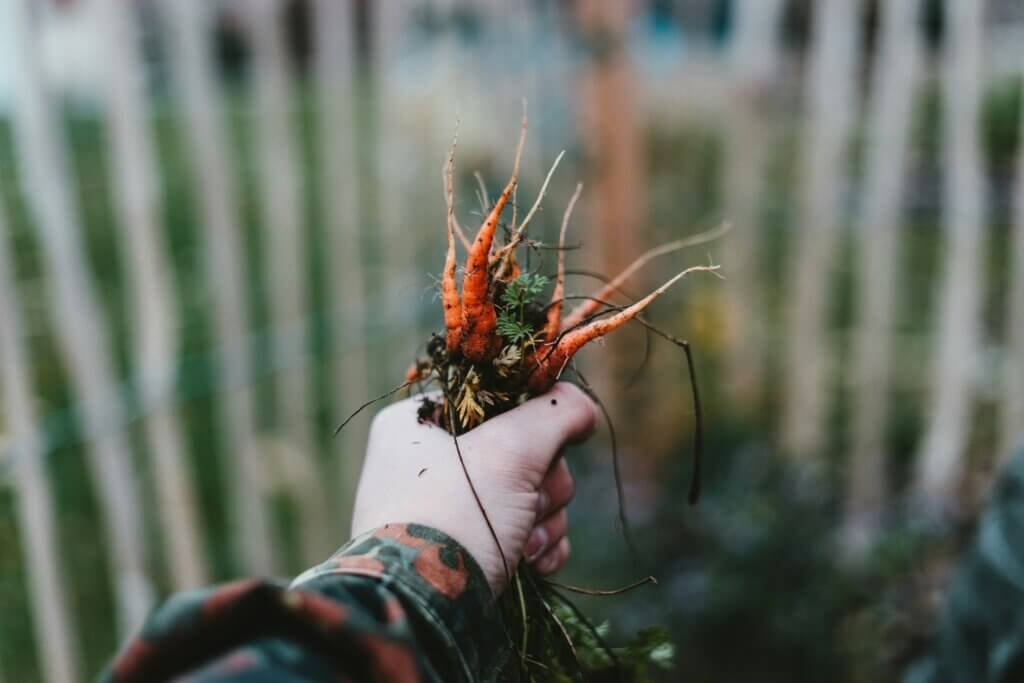
Choosing the Right Lettuce Variety
When it comes to growing lettuce in limited urban spaces, selecting the right variety is crucial. Here are a few factors to consider in order to make an informed decision:
Consider space constraints
The first step in choosing the right lettuce variety is to evaluate the available space you have. If you have limited space, it’s important to select lettuce varieties that can thrive in small containers or vertical gardening systems.
Select compact lettuce varieties
To make the most of your limited space, opt for compact lettuce varieties that don’t require a large footprint. Look for varieties such as ‘Tom Thumb’ or ‘Little Gem’ which have small heads and can be grown closely together without overcrowding.
Choose fast-growing lettuce varieties
In urban settings, where space is often limited, it’s essential to choose lettuce varieties that have a quick growth cycle. Look for varieties like ‘Black-Seeded Simpson’ or ‘Buttercrunch’ that can be harvested in as little as 45 days.
Consider heat and cold tolerance
Urban environments can pose challenges when it comes to temperature fluctuations. It’s important to choose lettuce varieties that can tolerate both heat and cold. Varieties like ‘Salad Bowl’ or ‘Red Sails’ are known for their heat tolerance, while ‘Winter Density’ or ‘Arctic King’ can withstand colder temperatures.
Preparing the Growing Space
Before you begin planting lettuce, it’s crucial to prepare the growing space properly. Here are some essential steps to follow:
Evaluate available space and sunlight
Assess the space you have available for growing lettuce and determine if it receives adequate sunlight. Lettuce plants require at least 6 hours of direct sunlight per day, so choose a spot that gets enough light.
Assess soil quality
Check the quality of your soil before planting. Lettuce thrives in well-draining soil with a slightly acidic pH level of around 6.0 to 7.0. Test the soil and amend it if necessary by adding organic matter or compost.
Consider container options
If you have limited space, consider growing lettuce in containers. Look for containers that are at least 6 inches deep and have drainage holes to prevent waterlogging. Options like hanging baskets, window boxes, or even repurposed objects like old buckets can work well for growing lettuce in urban settings.
Prepare soil for planting
Before planting lettuce seeds or transplants, prepare the soil by loosening it with a fork or a tiller. Remove any weeds or debris and then mix in some compost or organic matter to improve the soil’s fertility and structure.
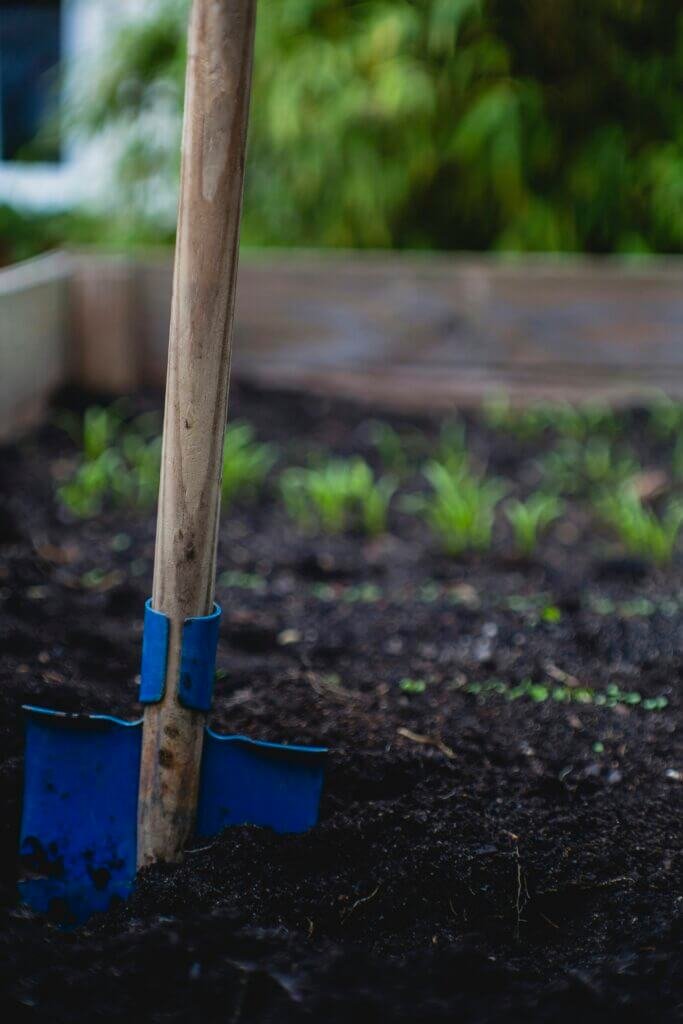
Starting Lettuce Seeds
Starting lettuce from seeds is a cost-effective option and allows you to choose from a wide variety of lettuce types. Here’s how to get started:
Selecting quality lettuce seeds
When selecting lettuce seeds, opt for high-quality seeds from reputable suppliers. Look for seeds labeled as organic, heirloom, or non-GMO to ensure the best results. Consider choosing a variety that suits your taste preferences and growing conditions.
Germinating lettuce seeds
To germinate lettuce seeds, fill a tray or small pots with a seed starting mix or a combination of peat moss and vermiculite. Moisten the mix and sprinkle the seeds evenly on the surface. Lightly cover the seeds with a thin layer of soil and keep the tray or pots in a warm spot.
Transplanting seedlings
Once the lettuce seedlings have grown their first true leaves, they are ready to be transplanted into larger containers or a garden bed. Gently remove the seedlings from the tray or pots, making sure to keep the roots intact. Plant them at the same depth they were growing in the seedling tray and water well.
Caring for Lettuce Plants
Proper care is essential for healthy and productive lettuce plants. Here are some important aspects to consider:
Providing adequate sunlight
Lettuce plants require at least 6 hours of direct sunlight every day for optimal growth and leaf development. Ensure that your plants are placed in a location that receives enough sunlight. If needed, use reflective surfaces or mirrors to maximize the amount of light reaching the plants.
Watering lettuce plants
Lettuce plants prefer consistent moisture, so it’s important to water them regularly. Keep the soil evenly moist but not waterlogged. A good rule of thumb is to water deeply when the top inch of soil feels dry.
Fertilizing lettuce plants
To promote healthy growth, it’s important to provide proper nutrition to your lettuce plants. Use a balanced organic fertilizer or compost every few weeks to provide the necessary nutrients. Be careful not to over-fertilize, as this can result in excessive leaf growth at the expense of flavor.
Managing pests and diseases
Lettuce can be vulnerable to certain pests and diseases, so it’s important to take preventive measures. Keep a close eye on your plants for signs of pests like aphids or slugs. Use organic pest control methods like neem oil or insecticidal soap if necessary. Also, ensure proper air circulation by spacing your plants adequately to prevent diseases like powdery mildew.
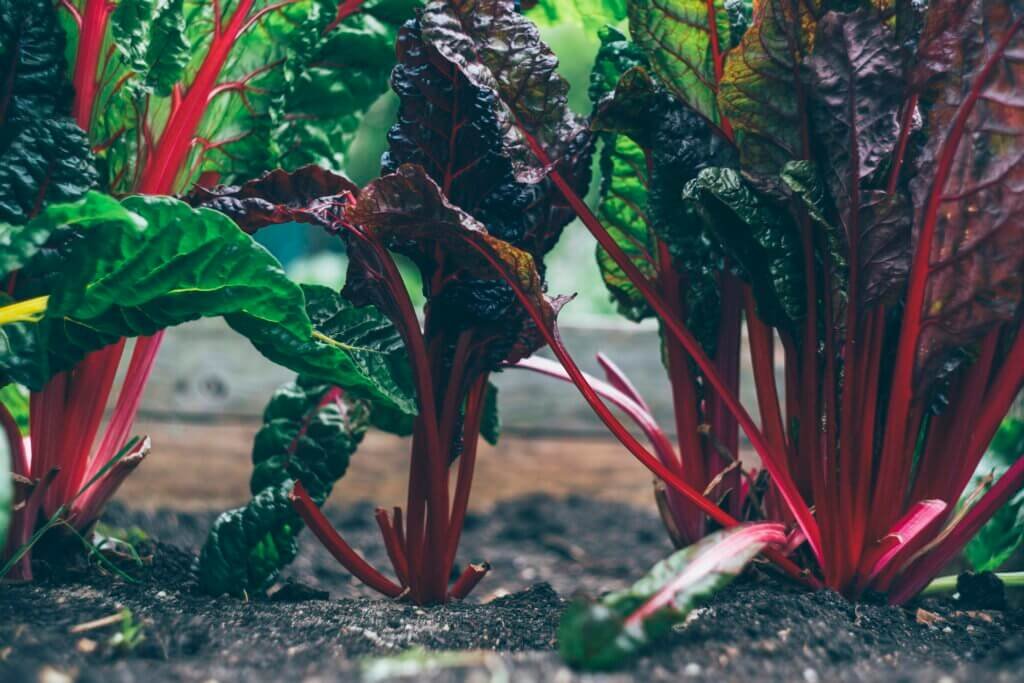
Harvesting Lettuce
One of the joys of growing your own lettuce is the ability to harvest it at its peak freshness. Here are some guidelines for harvesting lettuce:
Determining the right time to harvest
The right time to harvest lettuce depends on the specific variety you’re growing. Leaf lettuce can be harvested when the leaves have reached the desired size, usually around 4 to 6 inches long. Head lettuce should be harvested when the heads are firm and fully formed.
Harvesting leaf lettuce
To harvest leaf lettuce, simply use a clean pair of scissors or gardening shears to cut the outer leaves at their base, leaving the inner leaves intact. This allows the plant to continue producing new leaves for ongoing harvests.
Harvesting head lettuce
Head lettuce is ready for harvest when the heads feel firm and well-rounded. To harvest, hold the head of lettuce at the base and gently twist it or use a sharp knife to cut it just above ground level. Be careful not to damage the leaves surrounding the head.
Extending the Lettuce Growing Season
If you want to enjoy fresh lettuce for an extended period, consider these methods for extending the growing season:
Using shade cloth or row covers
As temperatures rise during the summer months, lettuce can bolt or become bitter. To protect your lettuce from excessive heat, use shade cloth or row covers to provide some shade and reduce the risk of bolting.
Planting lettuce in succession
To ensure a continuous supply of lettuce throughout the season, plant lettuce seeds or transplants in succession. Every few weeks, sow a new batch of seeds or transplant young seedlings. This way, you’ll have a staggered harvest and won’t be overwhelmed with a large amount of lettuce all at once.
Growing lettuce indoors
If you have limited outdoor space, consider growing lettuce indoors. Choose a well-lit location near a window or invest in grow lights to provide sufficient light. Container gardening is ideal for indoor lettuce growing, as it allows for easier maintenance and space optimization.
Utilizing hydroponics or vertical gardening techniques
Hydroponics and vertical gardening techniques are excellent options for growing lettuce in limited urban spaces. Hydroponic systems allow you to grow lettuce without soil, using nutrient-rich water instead. Vertical gardening maximizes vertical space by growing lettuce plants in stacked or hanging containers, making efficient use of limited space.
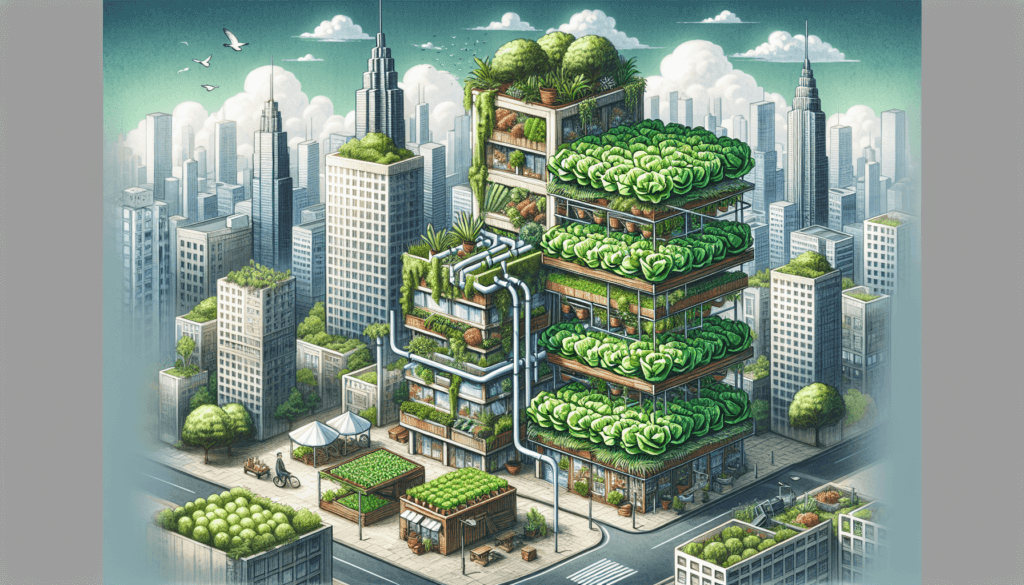
Troubleshooting Common Lettuce Growing Issues
Growing lettuce can sometimes come with challenges. Here are some common issues you may encounter and how to address them:
Addressing poor growth or bolting
If your lettuce plants are experiencing poor growth or bolting, inadequate sunlight or excessive heat may be the cause. Ensure your plants are receiving enough light and consider using shade cloth or row covers to provide some shade. Also, select heat-tolerant lettuce varieties to minimize the risk of bolting.
Preventing and treating lettuce diseases
Lettuce can be susceptible to diseases such as powdery mildew or downy mildew. To prevent these diseases, ensure proper air circulation by spacing your plants adequately. If necessary, treat affected plants with organic fungicides or remove severely affected plants to prevent the spread of the disease.
Dealing with pest infestations
Common pests that affect lettuce include aphids, slugs, and snails. To control these pests, regularly inspect your plants and remove any visible pests by hand. Use organic pest control methods like neem oil or insecticidal soap to deter pests from infesting your lettuce plants.
Creative Ideas for Maximizing Space
Limited urban spaces call for creative solutions to maximize the growing area. Here are some ideas for growing lettuce in unconventional spaces:
Growing lettuce in vertical gardens
Vertical gardens are a great way to maximize space while adding a decorative element to your urban environment. Install a trellis or use vertical planters to grow lettuce vertically, allowing you to grow more plants in a smaller footprint.
Utilizing window boxes or hanging baskets
Window boxes and hanging baskets are perfect for growing lettuce in small spaces. Install them near windows or on balconies to take advantage of available sunlight. Choose compact lettuce varieties and enjoy a beautiful, edible display.
Creating a lettuce wall
Transform a blank wall into a stunning lettuce wall by installing a vertical planter system. This innovative approach not only maximizes space but also adds a visually appealing element to your urban environment.
Constructing a rooftop garden
If you have access to a rooftop, consider creating a rooftop garden to grow lettuce. Use raised beds or containers to grow your lettuce and enjoy fresh greens with a view. Ensure the rooftop is structurally sound and can support the weight of the garden.
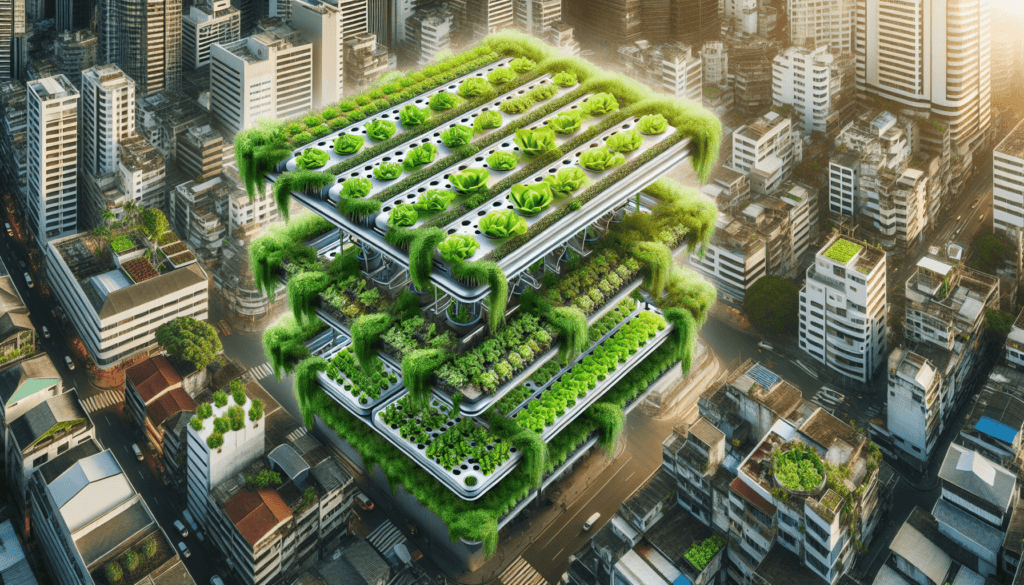
Recipes and Ideas for Using Homegrown Lettuce
After successfully growing your own lettuce, it’s time to enjoy the fruits of your labor. Here are some delicious recipes and ideas for using your homegrown lettuce:
Simple lettuce salad with homemade dressing
Create a refreshing and nutritious lettuce salad by tossing your freshly harvested lettuce leaves with a homemade dressing. Combine olive oil, lemon juice, minced garlic, Dijon mustard, salt, and pepper for a flavorful dressing that complements the crispness of the lettuce.
Grilled lettuce with a tasty marinade
Take your lettuce to the next level by grilling it. Lightly brush the lettuce leaves with a marinade of olive oil, balsamic vinegar, honey, and herbs. Grill for a couple of minutes until slightly charred, and serve alongside your favorite protein for a unique and delicious dish.
Creative lettuce wraps with various fillings
Lettuce wraps are a healthy and versatile option for using your homegrown lettuce. Fill the lettuce leaves with your choice of proteins like grilled chicken, sautéed tofu, or spicy shrimp. Add crunchy vegetables, herbs, and a flavorful sauce for a satisfying and low-carb meal.
Lettuce-based smoothies and juices
Incorporate lettuce into your morning routine by adding it to your smoothies or juices. Blend a handful of lettuce leaves with fruits like banana, mango, and pineapple for a refreshing and nutrient-packed drink. Experiment with different combinations to find your favorite recipe.
Conclusion
Growing lettuce in limited urban spaces is not only feasible but also rewarding. By choosing the right lettuce variety, preparing the growing space properly, and providing the necessary care, you can enjoy a plentiful harvest right at home. Whether you’re a seasoned gardener or a beginner, the joy of harvesting fresh lettuce will inspire you to continue growing your own food. So, grab your gardening gloves, follow the steps outlined in this guide, and get ready to embark on a delicious and green adventure!

